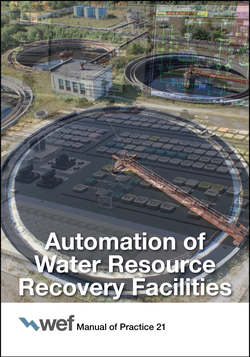Читать книгу Automation of Water Resource Recovery Facilities - Water Environment Federation - Страница 50
4.3.3 Balanced Scorecard
ОглавлениеIn response to the need to consider intangible benefits in business decision making, Kaplan and Norton (1996) developed a balanced scorecard approach that is included in their book, The Balanced Scorecard. This methodology focused on business case analysis in the Information Age. The balanced scorecard approach begins with an organization’s primary vision and mission, breaking down investment decisions into the following four organizational considerations:
• Financial effects—are we investing responsibly and are there tangible benefits?
• Customer effects—are we providing good service and how do our customers view us?
• Business process effects—are we efficient and providing value? and
• Learning and growth—are we improving as an organization?
The intent of Kaplan and Norton’s methodology is to provide a generalized approach to investment decisions that fundamentally incorporates primary organizational goals, including financial and nonfinancial goals. Although initially focused on the private sector, this approach has also been used in the public sector. The balanced scorecard approach involves developing a scorecard rating approach for projects. This allows for assigning relative weights to strategic objectives, providing a balanced look at how the project benefits the organization and meets the needs of its customers.
